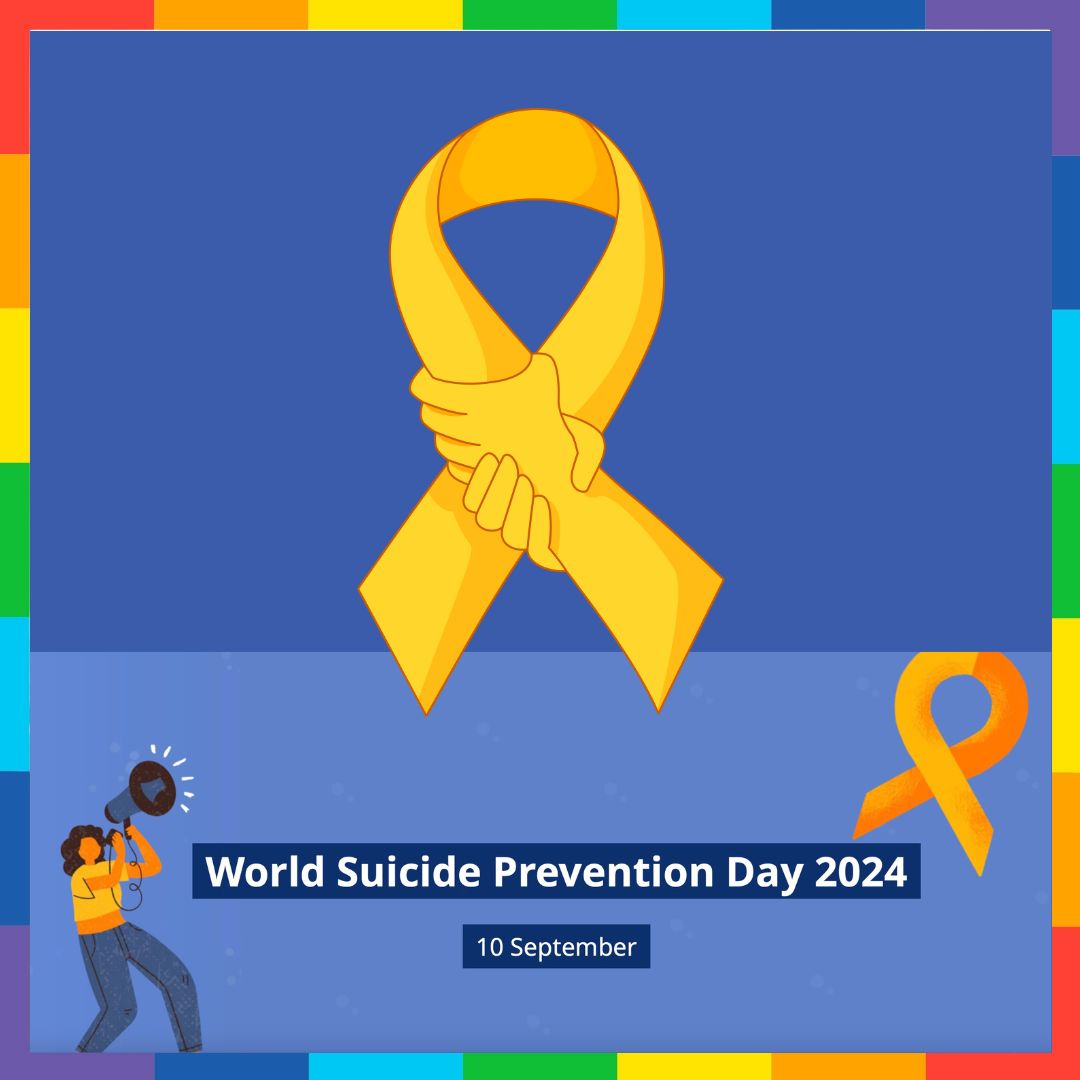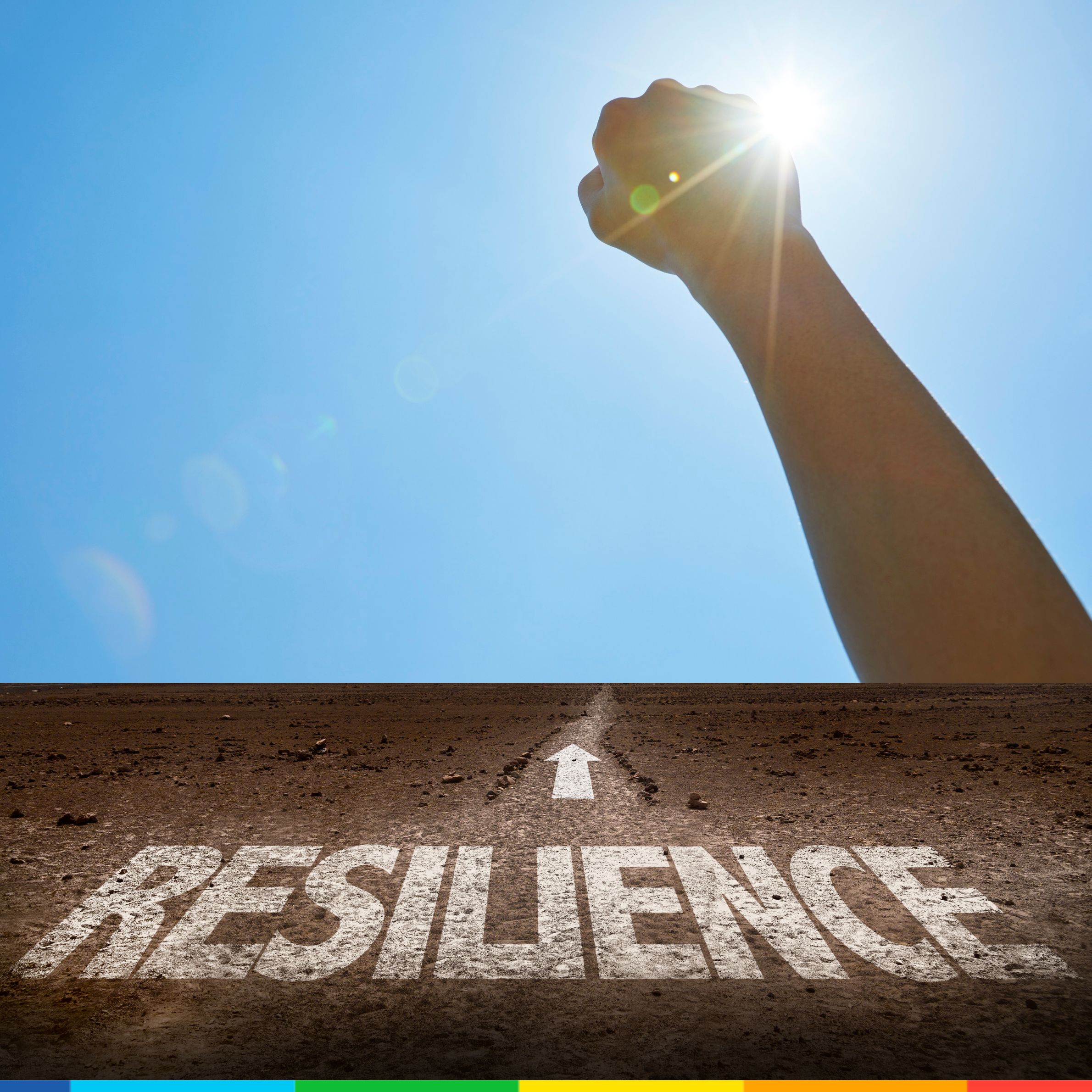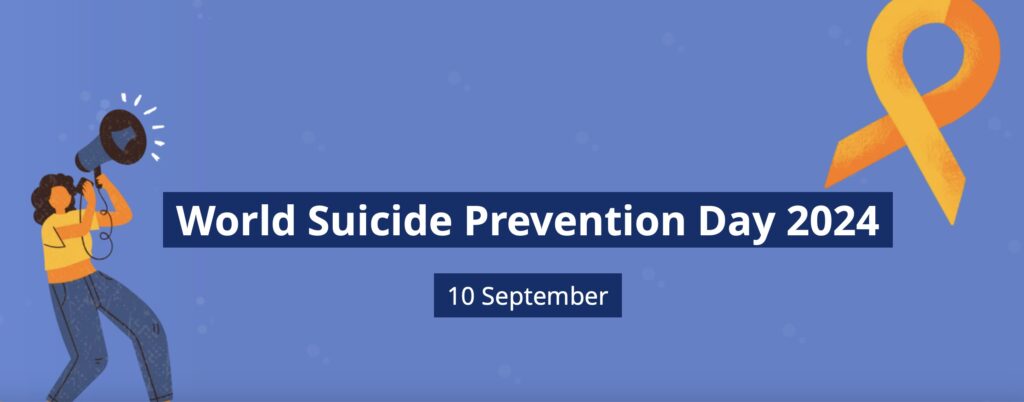
Quick Bites
Suicide Prevention in Children: Spot Signs & Get Quick Help
September 29, 2024
Related
Topics

Hey
-

Resilience-Building – Easy Checklist for Kids of All Ages
August 13, 2025
-

-

How to Ensure Body Safety of Your Kids? – Summary
February 27, 2025
-

Debunk Common Myths About Safe Touch: Know the Truth
February 23, 2025
-

How to Reinforce Body Safety and Consent?
February 16, 2025
Ready for more?
Hey
Sign up for Rainbow Kiddies newsletters for more stories and updates
10th September was the World Suicide Prevention Awareness Day. The purpose of this day as stated by the United Nations is, “We focus global attention on the issue, reduce stigma and raise awareness among organizations, government, and the public, giving a singular message that suicide can be prevented.“

Childhood should be a time of joy and discovery, but for some children, it can be a period marked by emotional struggles. It is only natural for anyone to feel sad occasionally. Children are no different either. Get your child to sit down and talk it out with you, no matter how small or big the feeling might be. You never know if a small sadness can grow into something bigger in the long run. So, make it a point to keep yourself free for a while everyday to discuss their day, thoughts, ideas and feelings with them.
As a parent, it’s important to understand that mental health challenges, including suicidal thoughts, can affect children. Prevention begins with awareness, communication, and support. Here’s how to navigate these difficult but crucial aspects of your child’s well-being.
Signs and Symptoms to Look Out for Suicide Prevention
- Mood Changes: Look out for extreme mood swings. Sudden shifts from being happy to feeling down or even angry can be a red flag.
- Withdrawal from Activities: Children who stop engaging in activities they once loved or pull away from family and friends may be silently struggling.
- Talk of Death or Hopelessness: Pay attention if your child starts talking about death, dying, or expresses a sense of hopelessness like “I wish I wasn’t here.”
- Changes in Eating or Sleeping Habits: Sudden weight gain or loss, changes in sleep patterns like insomnia or excessive sleep, can signal emotional distress.
- Risk-Taking Behaviors: Engaging in reckless behaviors, like taking unnecessary physical risks or self-harming, may be an indicator of suicidal thoughts.
- Decline in Academic Performance: A drop in school performance or a lack of interest in academics may indicate that your child is overwhelmed emotionally.
Children who have suicidal thoughts or ideas might talk or joke about death/ suicide or about killing themselves. Also, they might start to write stories or poems about death, watch or read about morbid themes. Although unhappily, they might start giving away their favorite possessions. Further, they could even seek out ways to kill themselves.
Besides, adolescents may tend to indulge in substance or drug abuse to overcome such feelings. This only worsens the situation. In spite of their thoughts they will still have the urge to live if the cause of stress or pain is relieved. Nevertheless they might be too busy seeing only the negatives instead of the positives in life. Some love and support would really help them at such times.
Please avoid self-diagnosis and treatment in such cases. If you notice any of the above symptoms, please take your child to a general practitioner, family doctor, psychologist or psychiatrist for check-up.
Triggers for Suicidal Thoughts
- Situational – Pain due to unmet needs
- Relational – To instill feeling of guilt
- Emotional – Feelings of hopelessness
- Mental – Start seeing logic in ending life
All of these are essentially due to exaggerated or unhelpful automated negative thoughts. Automated negative thoughts are like reflexive thoughts. They take shape from the beliefs that we hold about ourselves, others, things, the world, or our experiences. This can be changed by challenging the underlying beliefs. It might need extra support and help.
Risk Factors for Suicide
- psychological disorders,
- death of a dear one,
- issues at school,
- break up of a relationship,
- health issues,
- dealing with gender issues,
- history of suicide or depression in the family,
- previous suicide attempts or depression, etc.
What Can Parents Do for Suicide Prevention?
- Create an Open Dialogue: Foster an environment where your child feels safe to talk about their emotions. It’s important they know that feeling sad or overwhelmed is okay and that you’re there to listen without judgment.
- Know When to Seek Help: If you notice warning signs, it’s crucial to seek help from a mental health professional. Therapists and counselors can provide the necessary support and tools to manage emotional struggles.
- Monitor Social Media: While respecting privacy is important, it’s also necessary to be aware of online behavior. Social media can contribute to feelings of inadequacy, bullying, or isolation, which can heighten suicidal thoughts.
- Be Proactive in Encouraging Healthy Coping Mechanisms: Help your child develop healthy outlets for stress, such as exercise, creative activities, or mindfulness practices. This can reduce feelings of helplessness and provide them with tools to handle difficult emotions.
- Ensure a Supportive Environment: Whether it’s at home, in school, or in social settings, make sure your child is surrounded by a positive, nurturing atmosphere. Building a sense of community can help a child feel valued and supported.
Few more Guidelines for Suicide Prevention
- If your child talks about suicide, even casually, or expresses a desire to end their life, take it seriously. Immediate action may involve calling a suicide prevention hotline, contacting a mental health professional, or even taking them to an emergency room.
- Remove any means of self-harm, spend more time with them, check on them often and inform their teacher so they can provide necessary support at school.
- Their doctor might help them come up with a safety plan and also help them list down answers to the following questions:
- When to use the plan?
- Ways to calm or relax when negative or suicidal thoughts come in.
- Phone numbers of doctors/ helplines that they can call up when they need immediate professional assistance.
- List down their reasons for living, reaffirmations and other positive thoughts that might help during difficult times.
- Ways to make their environment safe.
- What else can be done if they are still not feeling safe?
- Whom to talk to if you are not available immediately for support?
Final Thoughts
Suicide prevention in children starts with being vigilant and compassionate. By recognizing the signs, maintaining open communication, and seeking professional help when necessary, you can make a crucial difference in your child’s life. Always remind your child that no matter how dark their feelings may be, they are not alone and help is available.
Like we mentioned earlier, if you see a child being overly sad/ disturbed for a couple of days at a stretch and their performance at school, behavior at home/ with friends change, contact a healthcare provider for help. If the child is having suicidal thoughts or showing such behavior, seek help immediately.
Lastly, but most importantly, forget all the social stigmas and remember that your child’s life is the most important. You are the biggest support that your child can ever have. Help them while it is not too late.
Let us Change the Narrative on Suicide Together!
Want Rainbow Kiddies' updates sent straight to your inbox? And also get a surprise welcome gift!

